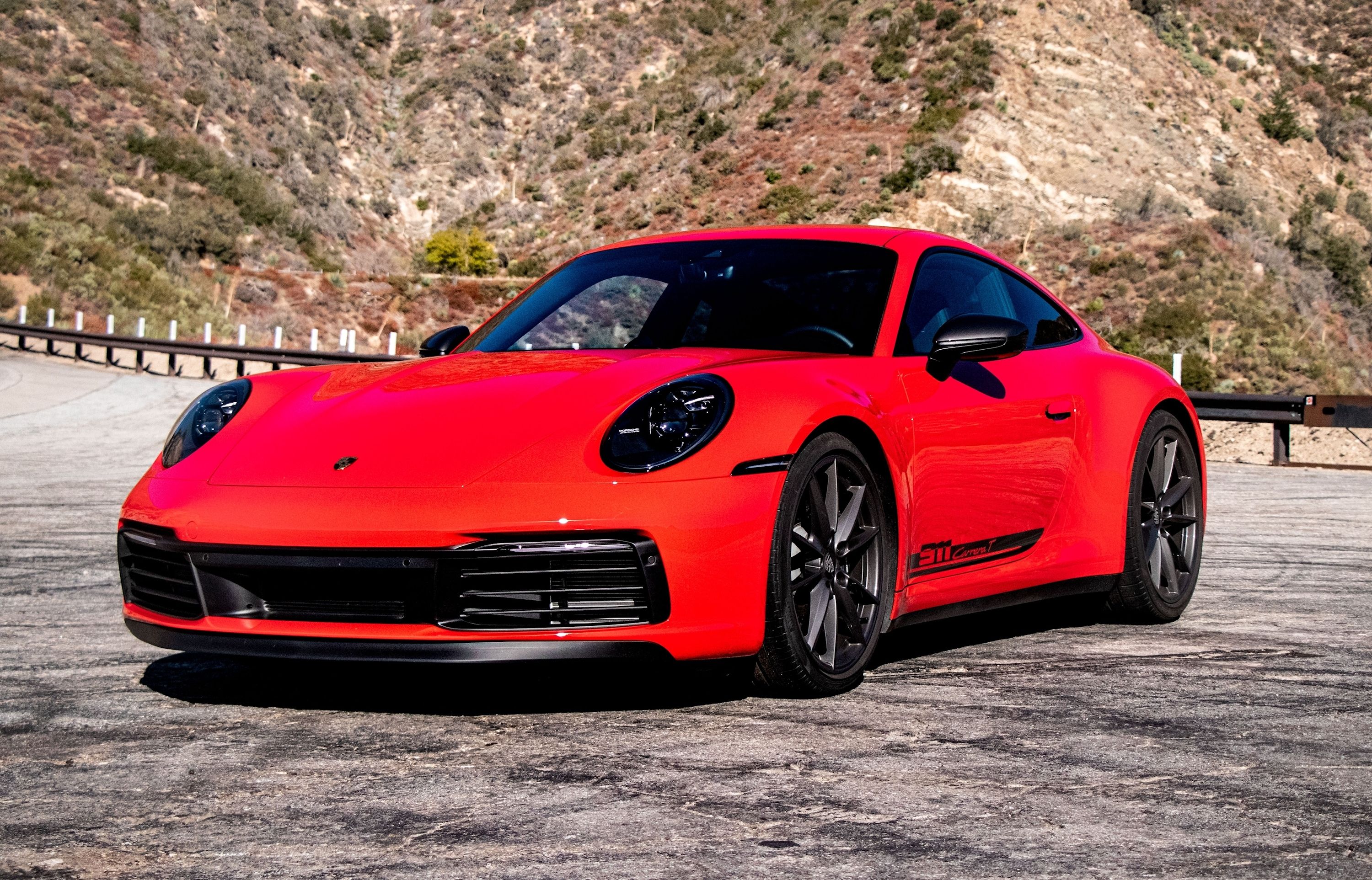
In 1967, Porsche replaced its old entry-level, four-cylinder sports coupe, the 912, with the 911T. Essentially a de-tuned version of the 911L, with the same 2.0-liter flat-6 engine making just 110 horsepower, it represented the base rung on the Porsche 911 ladder for several years, undergoing displacement and power output changes for 1969, to 2.2 liters, and later for 1972, to 2.4.
It's a 1971 Porsche 911T that serves as the subject of a recent episode of Jay Leno's Garage - a miraculously well-preserved example that Leno bought years ago, still wearing its original "baby-poop brown" paint, as the comedian calls it. It's a perfect demonstration of just what has prompted air-cooled 911 prices to skyrocket in recent years.
What started off a 123-horsepower base model Porsche with an impeccable body has become a masterpiece of vintage motoring machinery. Leno had the engine punched out to 2.5 liters, through a combination of a bigger bore and the crankshaft from a 2.7L motor, with an MSD Digital 6AL ignition system and dual-plug heads with enlarged valves taking care of the breathing and ignition. This was all done while retaining the original engine block, to keep it a sort-of-numbers-matching car.
The end result of all that tinkering: according to Leno, his 1971 Porsche 911T is now making about 225 horsepower, which is more than enough to motivate the lightweight, 2,700-pound car. Oh, and it now features a limited-slip differential, because if you're going to add more power, you might as well make sure you can use it.
Some Porsche purists might find fault with modifications such as these, but it's hard to take umbrage with such clean, beautifully performed work. It's a heck of a lot less offensive than dropping in a Chevy small-block, anyway.
But the goal was never to transform the 911T into the ultimate road missile, or an uncomfortable, unlivable track toy; it was to make the car over into a comfortable, usable everyday driving machine, with a bit more pep in its step than the factory gave it. By that measure, we'd say Leno et al. succeeded.
